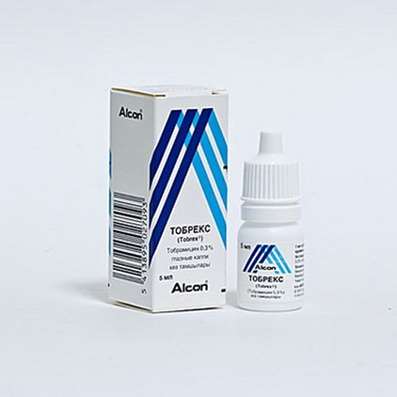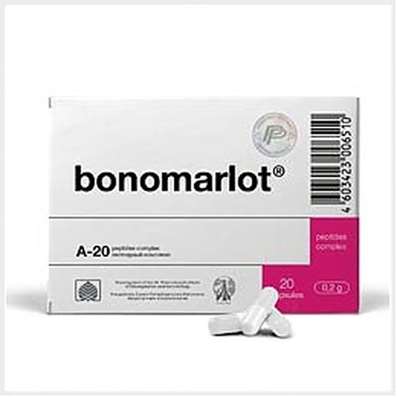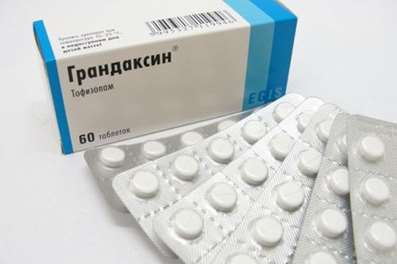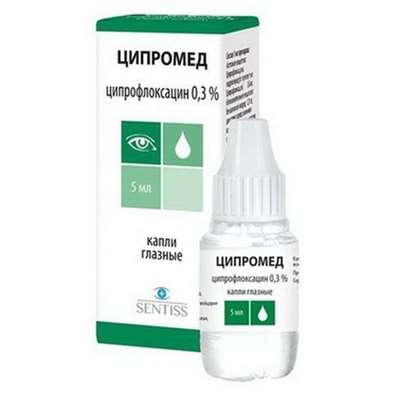Instruction for use: Diclofenac + Paracetamol (Diclophenacum + Paracetamolum)
I want this, give me price
Pharmacological groups
NSAIDs - Acetic acid derivatives and related compounds in combinations
Pharmacotherapy
Combined drug. Diclofenac - NSAID, a derivative of phenylacetic acid, inhibiting COX 1 and 2, disrupts the metabolism of arachidonic acid, reduces the amount of Pg in the inflammation focus and in healthy tissues, suppresses the exudative and proliferative phases of inflammation. Has anti-inflammatory, analgesic, antipyretic, antiplatelet effect. Paracetamol is a non-narcotic analgesic; indiscriminately blocks COX 1 and 2 (mainly in the central nervous system), weakly affects water-salt metabolism and gastrointestinal mucosa. In inflamed tissues, cellular peroxidases neutralize the effect of paracetamol on COX 1 and 2, which explains its lack of anti-inflammatory effect.
Indications
Inflammatory diseases of the musculoskeletal system (rheumatoid, psoriatic, juvenile, gouty arthritis, ankylosing spondylitis). Degenerative diseases of the musculoskeletal system (deforming osteoarthritis, osteochondrosis). Lumbago, sciatica, neuralgia, myalgia. Diseases of the periarticular tissues (tendovaginitis, bursitis). Post-traumatic pain syndrome, accompanied by inflammation. Toothache.
Contraindications
Hypersensitivity (including to other NSAIDs), a combination of bronchial asthma, recurrent nasal polyposis, paranasal sinuses and ASA intolerance or other NSAIDs (including in the anamnesis); period after aortocoronary shunting; CRF (KK less than 30 ml / min), progressive kidney disease, severe hepatic insufficiency, active liver disease, hyperkalemia, erosive and ulcerative lesions of the gastric mucosa and duodenum, active gastrointestinal bleeding, inflammatory bowel disease, hematopoiesis, pregnancy, lactation, children's age (up to 12 years).
Carefully
CHD, CHF, cerebrovascular disease, dyslipidemia / hyperlipidemia, diabetes mellitus, peripheral vascular disease, chronic renal failure (CK 30-60 ml / min), peptic ulcer lesions (history), presence of Helicobactor pylori, hepatic insufficiency, induced acute hepatic porphyria, benign Hyperbilirubinemia (including Gilbert's syndrome), deficiency of glucose-6-phosphate dehydrogenase; long-term use of NSAIDs, simultaneous administration of oral GCS (including prednisone), anticoagulants (including warfarin), antiaggregants (including ASA, clopidogrel), selective serotonin reuptake inhibitors (incl. citalopram, fluoxetine, paroxetine, sertraline), ethanol, nicotine, and elderly age.
Dosing
Inside, without chewing, during or after meals (to achieve a quick effect 30 minutes before eating), with a small amount of water, 1 tablet (50 mg of diclofenac + 500 mg of paracetamol), 2-3 times a day. The maximum daily dose is 3 tablets.
For children over 12 years of age, a daily dose of 2 mg / kg body weight (when converted to diclofenac).
Side effect
From the side of the digestive system: often - NSAIDs-gastropathy (erosive-ulcerative lesions), gastralgia, nausea, vomiting, diarrhea, flatulence, anorexia, increased activity of "liver" transaminases, gastrointestinal bleeding (hematemesis, melena), hepatitis lightening), pancreatitis, colitis (including complicated by bleeding), exacerbation of ulcerative colitis, exacerbation of Crohn's disease, aphthous stomatitis, glossitis, dryness of the oral mucosa, erosive esophagitis, constipation.
From the nervous system: headache, dizziness, fatigue, paresthesia, memory loss, disorientation, visual acuity reduction, diplopia, hearing loss, tinnitus, insomnia, irritability, convulsions, depression, anxiety, nightmarish dreams, tremor, psychosis, violation of taste sensations, anxiety, impaired perception, tremor, scotoma, aseptic meningitis.
On the part of the skin: alopecia, photosensitivity, erythematous skin rash, angioedema, eczema, itching, rash on the mucous membranes (erythematous, urticaria).
From the urinary system: acute renal failure, hematuria, proteinuria, interstitial nephritis, nephrotic syndrome, papillary necrosis, oliguria, cystitis, renal colic, nonspecific bacteriuria.
From the hemopoiesis: thrombocytopenia, leukopenia, agranulocytosis, hemolytic anemia, aplastic anemia, methemoglobinemia, sulfgemoglobinemia, pancytopenia, neutropenia.
Allergic reactions: bronchospasm, urticaria, Stevens-Johnson syndrome, Lyell syndrome, allergic purpura, systemic anaphylactic reactions (including anaphylactic shock), skin rash, bullous dermatitis, erythroderma.
From the CCC: arrhythmia, increased blood pressure, palpitation, pain in the chest.
Other: hypoglycemia (including hypoglycemic coma), impotence.
Overdose
Symptoms: dizziness, tinnitus, pale skin, anorexia, nausea, vomiting, abdominal pain, diarrhea, convulsions, gastrointestinal bleeding; impaired glucose metabolism, metabolic acidosis; with a significant overdose - hepatotoxic effect, acute renal failure with tubular necrosis, arrhythmia, pancreatitis, progressive encephalopathy, coma, death.
Treatment: gastric lavage, activated charcoal, symptomatic therapy, administration of SH-group donors and glutathione-methionine synthesis precursors (8-9 hours after an overdose), N-acetylcysteine (after 12 hours). Hemodialysis, forced diuresis are ineffective.
Interaction
Increases the concentration of digoxin, cyclosporine, drugs Li +.
With simultaneous administration with potassium-sparing diuretics increases the risk of hyperkalemia, with anticoagulants - a risk of bleeding.
Reduces the effectiveness of the action of diuretic, hypotensive and hypnotic drugs.
Increases the risk of side effects of NSAIDs, GCS (gastrointestinal bleeding), toxicity of methotrexate, nephrotoxicity of cyclosporine.
When taking with thrombolytic drugs (alteplase, streptokinase, urokinase), the risk of bleeding increases (more often the gastrointestinal tract).
ASA reduces the concentration of diclofenac in the blood.
When used simultaneously with oral hypoglycemic drugs, hypo- or hyperglycemia is possible.
When used simultaneously with cefamandol, cefoperazone, cefotetan, valproic acid, plikamycin, the frequency of hypoprothrombinemia increases.
Cyclosporine and gold preparations enhance the effect of diclofenac on the synthesis of Pg in the kidneys, which is manifested by increased nephrotoxicity. Simultaneous use with paracetamol increases the risk of developing nephrotoxic effects of diclofenac.
Simultaneous use with colchicine, corticotropin, preparations of St. John's wort, ethanol increases the risk of developing gastrointestinal complications, accompanied by bleeding.
Reduces the hypotensive activity of BCCC, ACE inhibitors.
Inducers of microsomal oxidation in the liver (phenytoin, ethanol, barbiturates, rifampicin, phenylbutazone, tricyclic antidepressants) increase the risk of hepatotoxic effects of paracetamol.
Simultaneous long-term use with salicylates increases the risk of developing malignant diseases of the kidneys, bladder.
Diflunisal increases the plasma concentration of paracetamol by 50%, increasing the risk of developing its hepatotoxic effect.
Long-term use of barbiturates reduces the effectiveness of paracetamol.
Special instructions
The drug is intended for symptomatic therapy, reducing pain and inflammation at the time of application, the progression of the disease is not affected.
When the drug is administered to patients with concomitant CHF, chronic renal failure taking diuretics, with reduced BCC (including after surgery), it is necessary to monitor kidney function.
With prolonged therapy, it is necessary to monitor liver function, the picture of peripheral blood, the analysis of feces for latent blood.
The intake of the drug may distort the quantitative content of glucose and uric acid in the blood plasma (according to laboratory studies).
During the treatment period, it is necessary to refrain from driving vehicles and practicing potentially dangerous activities that require an increased concentration of attention and speed of psychomotor reactions.

 Cart
Cart





